Researchers predict recurring volcanic eruptions in Iceland due to the interconnected magma system beneath the Reykjanes Peninsula.
Given the volcanic activity in Iceland over the last three years, researchers from six universities anticipate recurring, moderately sized eruptions of similar style in the coming years to decades. They therefore stress the need for preparedness in view of the risks posed to local populations and critical infrastructure.
Understanding Recent Eruptions and Future Implications
“The study uses information from local earthquakes and geochemical data on the erupted magma through time to reveal the geological processes behind these recent Icelandic eruptions. A comparison of these eruptions with historical events provides strong evidence that Iceland will have to prepare and be ready for this volcanic episode to continue for some time, possibly even years to decades,” says Valentin Troll, Professor of Petrology at Uppsala University.
The study examines eruptions that began in 2021 in the Svartsengi-Fagradalsfjall-Krýsuvík area, noting the significant impact on local communities, including the evacuation of the entire town of Grindavik. An international team of scientists used earthquake data and geochemical analysis of lava and tephra samples. They have uncovered critical details about the geological processes behind these eruptions. Historically, Iceland experiences volcanic eruptions every three to five years. The recent eruptions, however, suggest a potentially extended period of activity on the Reykjanes Peninsula. Since 2021, there have been seven fissure eruptions.
Published today (June 26) in the journal Terra Nova, the research team included scientists from Uppsala University (Sweden), the University of Iceland, the Czech Academy of Sciences, Brno University of Technology (Czechia), the University of Oregon (USA) and the University of California, San Diego (USA).
Risk Assessment and Infrastructure Concerns
“Based on prior eruptive behavior, this pattern is likely to continue into the future, posing considerable risk to the local population and to important infrastructure, such as Keflavík Airport, several geothermal power plants, the Blue Lagoon tourist spa, and population centers like Keflavík, Grindavík, and Greater Reykjavik,” Troll continues.
A key finding of the study is the interconnected nature of the magma plumbing system beneath the peninsula. Geochemical and seismic data indicate that the eruptions are fed from a shared magma reservoir approximately 9–12 km deep beneath Fagradalsfjall, rather than separate sources or a larger peninsula-wide reservoir. This is why the researchers suggest a recurring pattern of eruptions in the coming years to decades.
“Our findings provide valuable information for anticipating and managing future volcanic activity on the Reykjavik Peninsula. We would like to stress the need for preparedness,” says Frances Deegan, Researcher at Uppsala University and co-author of the study.
Reference: “The Fagradalsfjall and Sundhnúkur Fires of 2021–2024: A single magma reservoir under the Reykjanes Peninsula, Iceland?” by Valentin R. Troll, Frances M. Deegan, Thor Thordarson, Ari Tryggvason, Lukáš Krmíček, William M. Moreland, Björn Lund, Ilya N. Bindeman, Ármann Höskuldsson and James M. D. Day, 26 June 2024, Terra Nova.
DOI: 10.1111/ter.12733

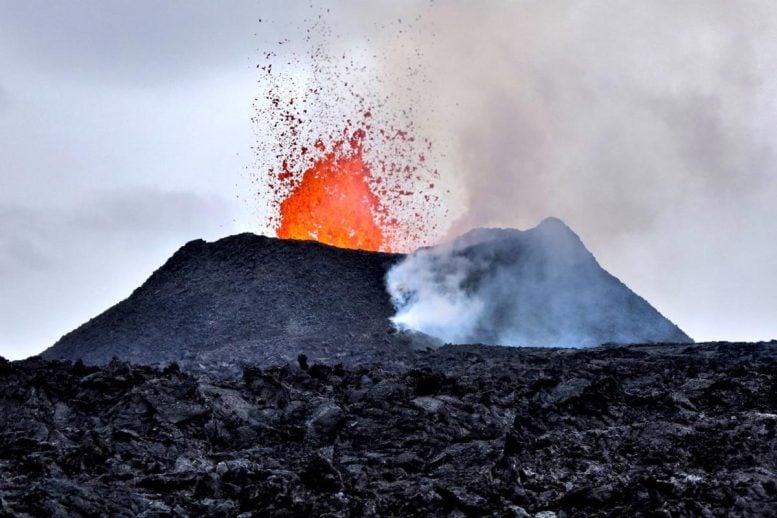
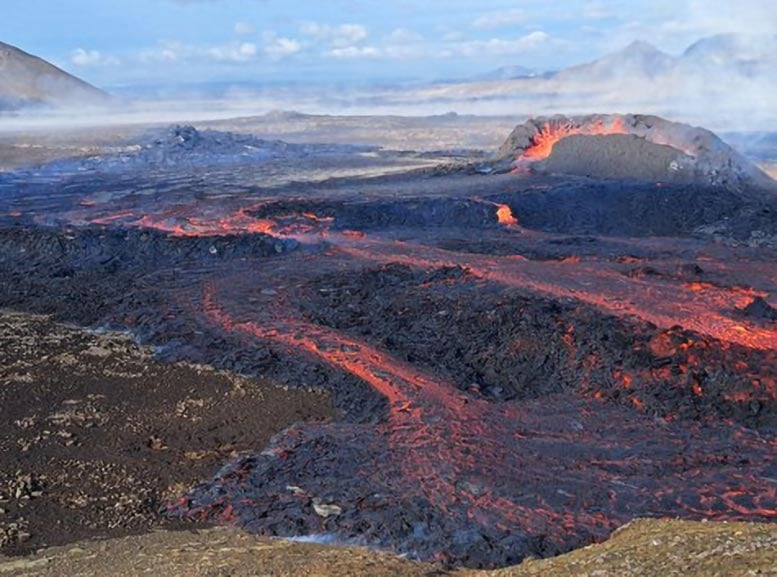
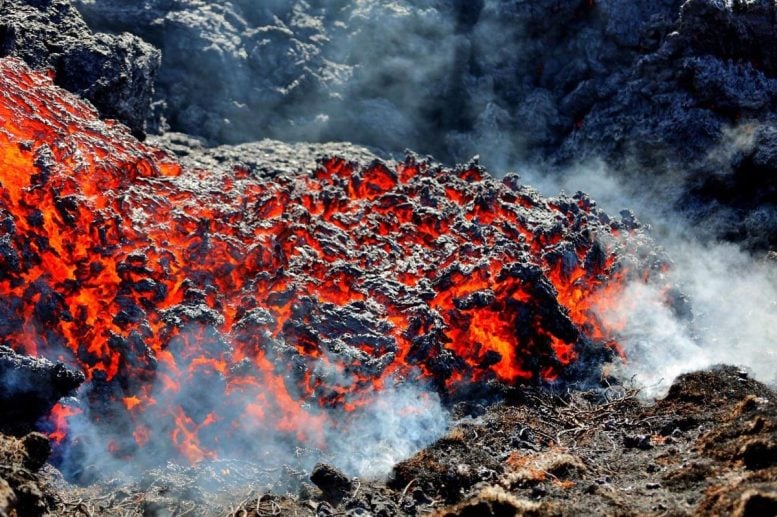
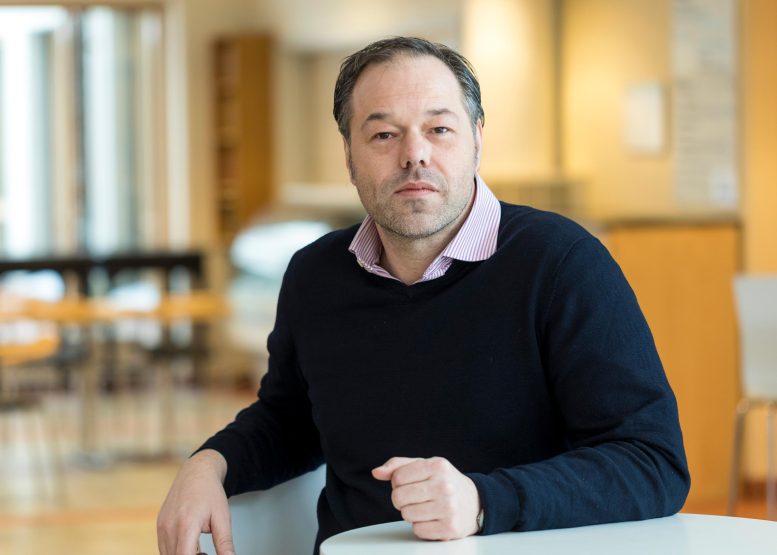


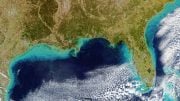





Be the first to comment on "Volcanic Vigor: Iceland’s Eruptions May Last Decades"